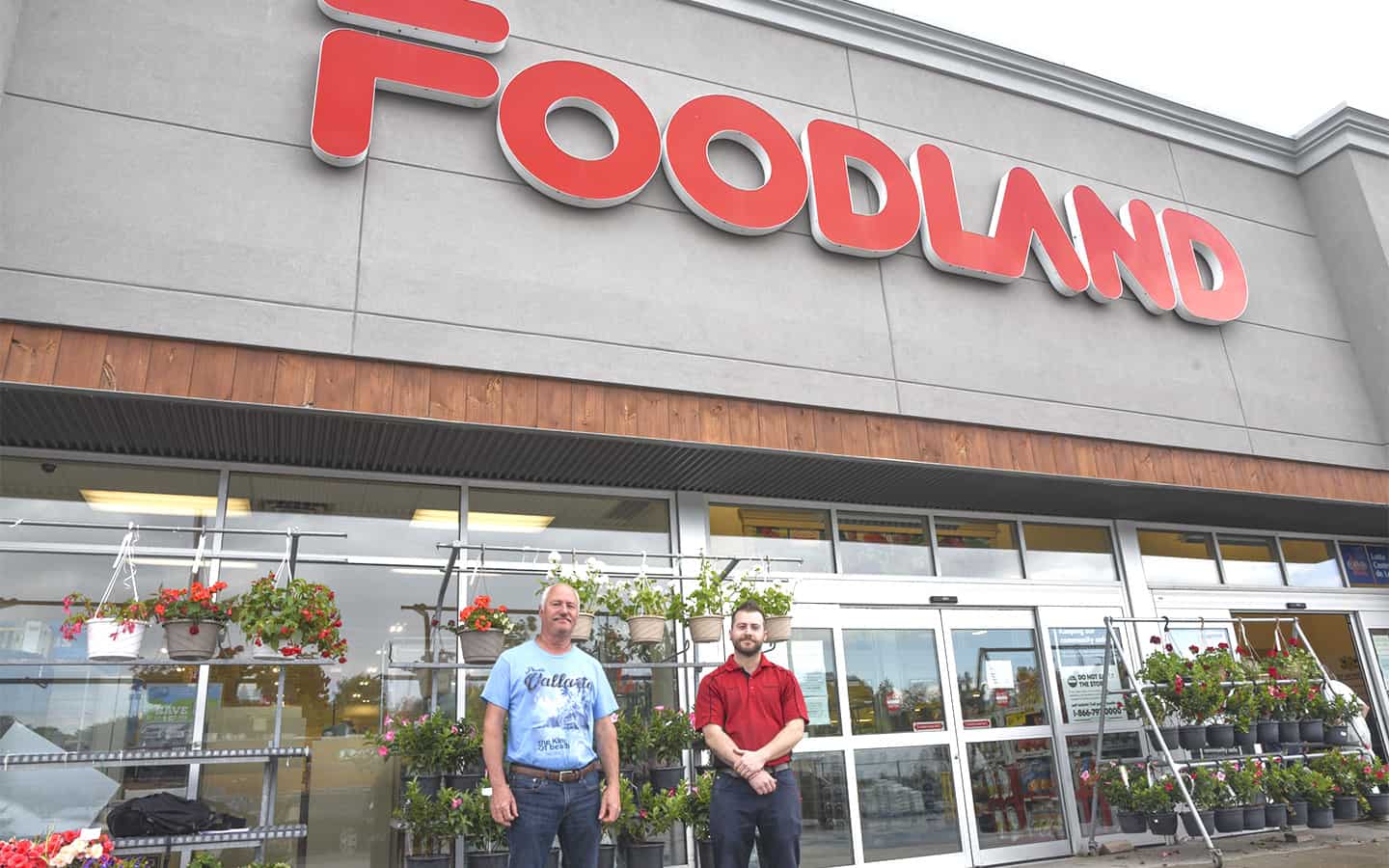;
;
;
Next Article
The next generation of grocers

We can do a lot to influence our own health status, like pursuing a diet that includes more fruit and vegetables. We’re continually told by dieticians and federal health officials that our consumption levels are woefully lacking. They’re not trying to turn us into vegetarians; rather, they’re trying
Last updated on May 03, 23
Posted on Jun 25, 20
2 min read
